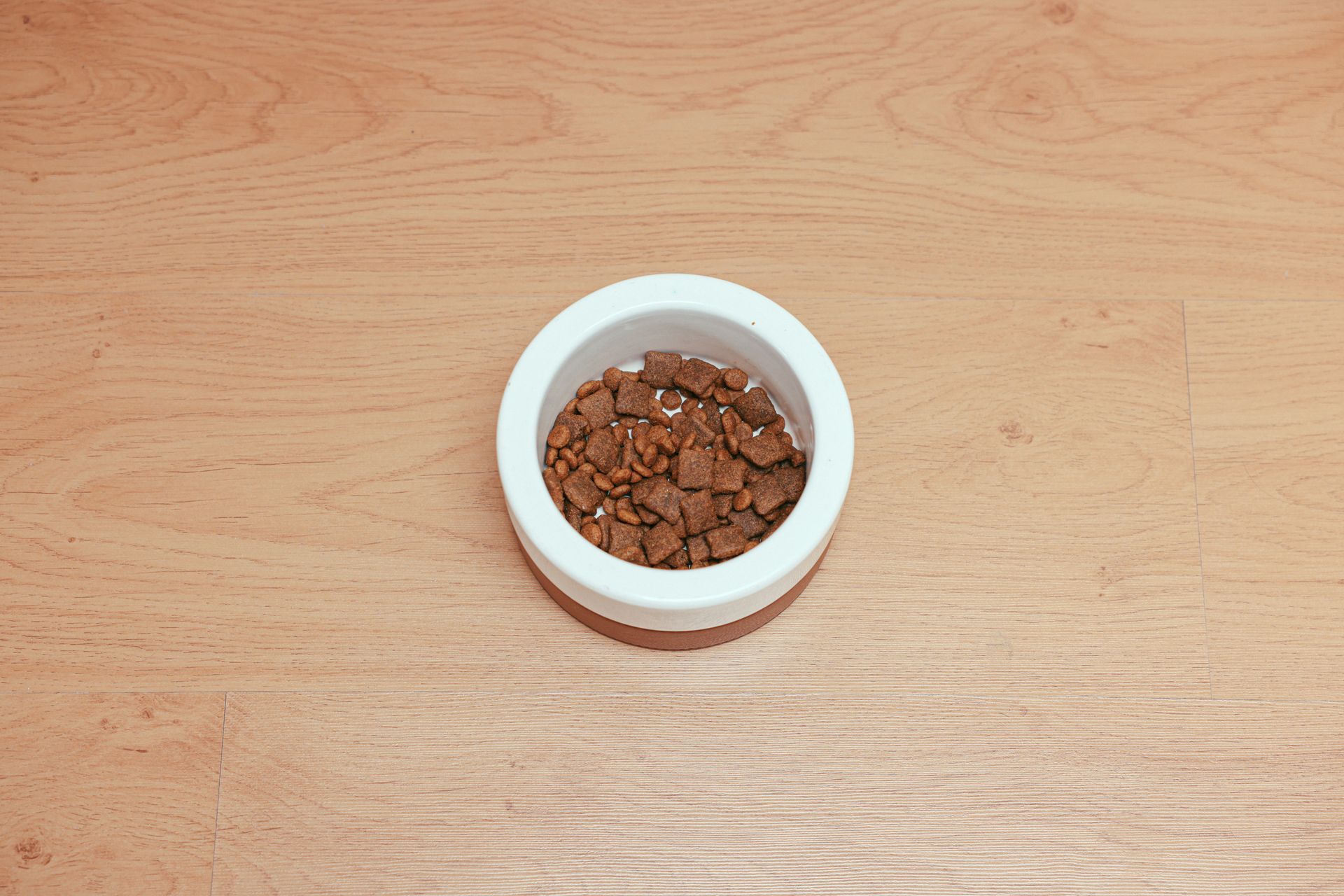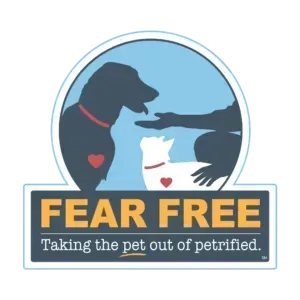Reasons to Spay your Pet
Reasons To Spay Your Pet (Dog or Cat)
There are many reasons to spay your female pet. This surgery will help prevent medical and behavioral issues later in life. When spaying at a young age, 4-6 months, your pet will recover quicker and easier than if she is older.
Medical Reasons:
1) Pyometra - Pyometra is a bacterial infection in uterus. This usually happens shortly after a heat cycle because the cervix opens up during the heat cycle. As the heat cycle comes to an end, the cervix closes and traps bacteria in the uterus. The bacteria in the uterus then has a perfect environment to multiply. A pyometra is an emergency. As the uterus fills with bacteria, the uterus swells and can rupture. If the uterus ruptures, there is only a small chance that your pet will survive.
2) Mammary (Breast) Cancer – Mammary cancer is normally seen in intact female pets. Mammary cancer is normally malignant, meaning that it spreads rapidly to other areas of the body. Females that are spayed prior to their first heat cycle have a significantly less likely chance of getting mammary cancer. Every time your pet goes into heat, the risk of developing mammary cancer increases.
3) Perianal Fistulas – Perianal fistulas are more common in intact females. Perianal Fistulas are draining tracts around the anus. Perianal fistulas are characterized by chronic purulent discharge, foul smelling, and ulcerated tract. These are very painful and irritating to your pet.
4) Heat Cycle – Spaying your pet will also make it so your pet does not come have anymore heat cycles. In dogs, a heat cycle occurs about once every 6 months. This will also eliminate the mess of your pet bleeding during their heat cycle. In cats, about the first of the year, your cat will come in heat. They will go in and out of heat until they are bred. When cats go into heat they become very vocal. Cats go into heat about once a month until they are pregnant.
5) Frequent Urination – Your pet may start to urinate more frequently in an attempt to attract a male with her scent. This can also cause them to urinate in your house or inappropriate areas. You may also get some unwanted male visitors to your house in the attempts of mating with your female.
6) Roaming – Your pet may decide to leave your property in search of a mate. This could cause not only injuries to your pets due to being hit by a car, but also injuries to others in the attempts to miss your pet on the road.
7) Behavior – Female pets are more likely to become irritable and aggressive especially during their heat cycle. They can become aggressive towards other dogs or people. Pets can also become aggressive towards other animals or people when they don’t want you to touch their puppies. Females can have false pregnancies where they adopt an object as their puppy and could become aggressive over that object.
8) Unwanted Litters – There is already an overpopulation of animals in the world. Many animals are euthanized every year due to overpopulation. Shelters are having trouble keeping up with the number of unwanted pets in the world.
Cost – The cost of spaying your pet at a young age is considerably less than if you spay her at an older age. This cost is dramatically less than the cost of correcting the many conditions listed above, as well as being healthier for your cat or dog.
For these reasons alone, you can see the major benefit in spaying your pet. She will have a healthier life.
Written by Jenn Brown R.V.T.
Published and edited by Dr. Jeffrey R. Fink










